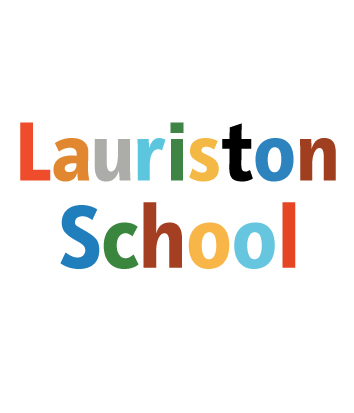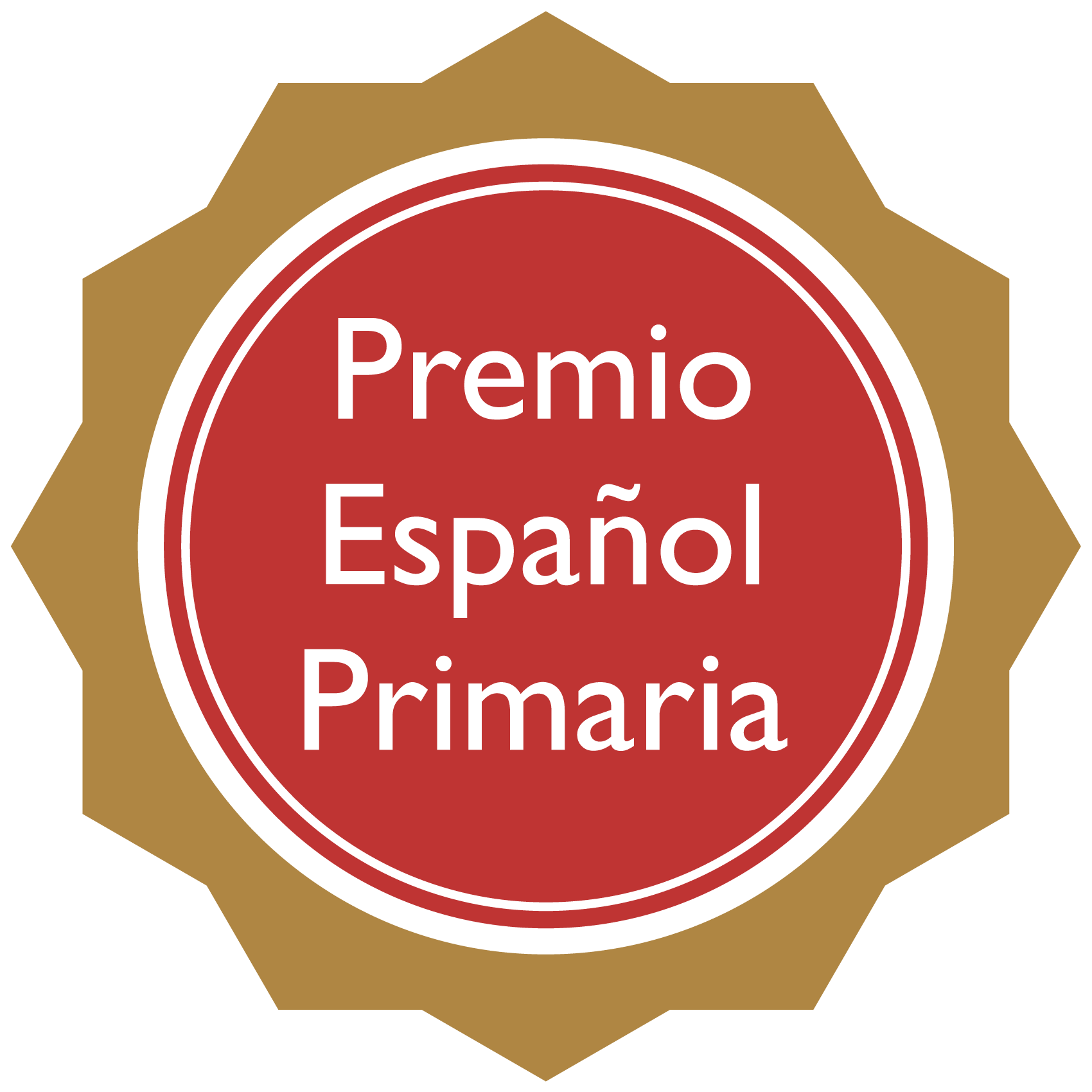A Doorway to Life
The garden is a complex living environment. It evolves and changes day by day nurturing life in a myriad of forms.
For us it is our link to the living world.
An endless resource for learning discovery and magic. Through the garden we explore the biodiversity of our world and our interaction with it. We find insects whose delicacy and strength amaze us. Spiders, whose silken threads glisten through the seasons as they wrap their captured prey in cocoons of fibre. Invertebrates and fungi interlink the soil with the plants which grow in it, symbiotic relationships helping the bigger story unfold.
We sow seeds, watching them germinate and develop as we plant out our vegetables and flowers to form a living picture to fill our days with colour and scent. Our handiwork brings forth untold visitors who buzz and chirp and creep and crawl as they find company and food and places to live.
We harvest and cook and eat our crops, we collect and store and reuse our seeds. There is no waste, as nature intended, because we compost everything the garden does not need, recycling the nutrients and minerals to feed the soil.
Habitats, seasons, seed dispersal, photosynthesis, plant growth and structure, nutrition, symmetry , weather, insects and mini-beasts, pollination, food and natural dyes, , history and geography and mathematics, literature and language, art and design, drama and music, family and community all have a place in the garden.
As our planet is affected by man’s influence the garden allows us to think about the potential impacts of climate change. By studying the ways in which Nature maintains sustainable and diverse life systems we learn how we might live more in harmony with our world.
This precious tool provides the means to teach and learn, to speak and be heard. Its calm ambience makes learning easier and learners more receptive. It allows those who are more challenged to find ways to participate fully and interact productively
Organic
The gardens at Lauriston School are cared for and managed on organic principles. This means we use no chemical herbicides or pesticides. We maintain and care for the soil through the application of our own compost made on site, supported by well - rotted wood chip applied to the beds in late autumn. Wherever possible we disturb the soil as little as possible allowing soil bacteria and animals to do the work as Nature intended. Through this process we have seen our soil improve year on year, along with our harvests and overall species diversity.
Biodiversity is the key to our gardens success
We aim to improve diversity at all levels each year. In doing this our gardens become a rich habitat for countless insects, invertebrates and plants species which in turn provides an ever more exciting learning environment for the children and adults who use utilise this precious resource.
Currently the gardens can be seen as three very distinct areas.
The first of these is the orchard. Planted after fundraising by parents this beautiful space is a microcosm of life. The edges are bordered by native species hedgerows that provide a safe home for insects and birds whilst providing us with fruit and nuts such as Medlar, Blueberries, Elderberries, Wild plums, flowers and Hazelnuts. The fruit trees themselves are all old English varieties purchased for their Heritage status and unusual flavours. They all grow on medium sized root stocks which means they will always fit in the garden as years go by. At the edges are wood piles and brick levels as habitats for insects and spiders. Under the hedge and amidst the grass wild flowers such as Kidney vetch, Yarrow, Knapweed, Poppies and Cornflowers self- seed as they move through the orchard. The orchard is also home to the schools chickens that eat garden pests and food waste in return for which they give not only eggs but a tactile link with rural history, food and global cultures.
The second area is the hedgerows themselves, they are made up of Hornbeam, Hazel. Bilberry, Medlar, Blackthorn, Elder, Field Maple and Hawthorn. The hedges provide a soft border to many parts of the school environment, a natural barrier which is also a home to wildlife and a source of Autumn harvest for jams and pickles. The annual hedgerow cuttings are the pieces which keep the wood pile alive for fungi, spiders and beetles and lower down centipedes, millipedes, worms and woodlice.
The third area is the raised beds. These are the places where we grow food. We have a large bed which is dedicated to Herbs and this offers both an educational tool and a culinary link. The herb bed was funded by the Old Mercers Club, a part of the oldest Guild in the City of London. The herb bed maintains a steady crop of fifteen species with an annual variation of a further six or eight. The herbs are linked through medicinal, culinary and cultural global history to many aspects of education. As with vegetables these herbs link directly to home and for some, on a broader scale a home left behind when coming to England.
Most of the raised beds are used to grow vegetables and some soft fruits. The species vary through the years but still maintain a staple crop known by most people. Plants are all grown from organic seed in Organic compost purchased from Garden Organic. We reuse/recycle all our flowerpots and seed trays. Usually seed planting is something shared by all children each year. For many this is the only contact they get with a garden or any aspect of growing plants. Most years we grow up to thirty or forty types of vegetables. These might include the following:
Artichokes, Aubergine ,Asparagus ,Beetroot, Broad bean, Runner bean, Cannellini bean, Borlotti beans, Celery, Celeriac ,Carrot, Cauliflower, Cabbage, Calbrese, Courgette, Garlic, Kale, Kohl Rabi, Lettuce, Leaf beet, Leek, Marrow, Tomato , Red Onion/White onion, Oca(New Zealand Yams), Okra, Parsnip, Pea, Potato ,Pumpkin, Spring onion, Radish , Chilli , Sweetcorn, Sweet pepper/Hot pepper, Squash ,Spinach, Rhubarb, Raspberry, Blackcurrant /Redcurrant , Strawberry,
Along with vegetables we also grow a selection of dye plants. These have direct historical and cultural links and can be utilised as an interesting extension to learning.
Our beds are planted densely with mixtures of flowers and vegetables providing companion planting. This encourages beneficial insects and deters those who might damage the plants and protects the soil from the heat of the sun. The shaded area below the leaves being an ideal habitat for a host of soil life. Flowers grown include, Marigolds, Cornflowers, Cosmos, Wall flowers, Love in the mist, Nasturtium, Yarrow, Poppies, Coreopsis, Echinacea, Geranium, Plumbago, Golden Rod and Sunflower. Each year we introduce new species as seeds or plants ae brought in by parents and friends. One of the beds is planted as a pollination bed to support pollinating insects who for various reasons are struggling to survive at present.


